'Egypt, India, Armenia and more': 7 oldest countries in the world that still exist
Authored By Subhadra Srivastava
Published: May 02, 2025, 14:22 IST | Updated: May 02, 2025, 14:22 IST
The idea of “oldest” can depend on criteria like civilisational origins, early governance or uninterrupted sovereignty. But, here is the list of some of the oldest countries that still exist.
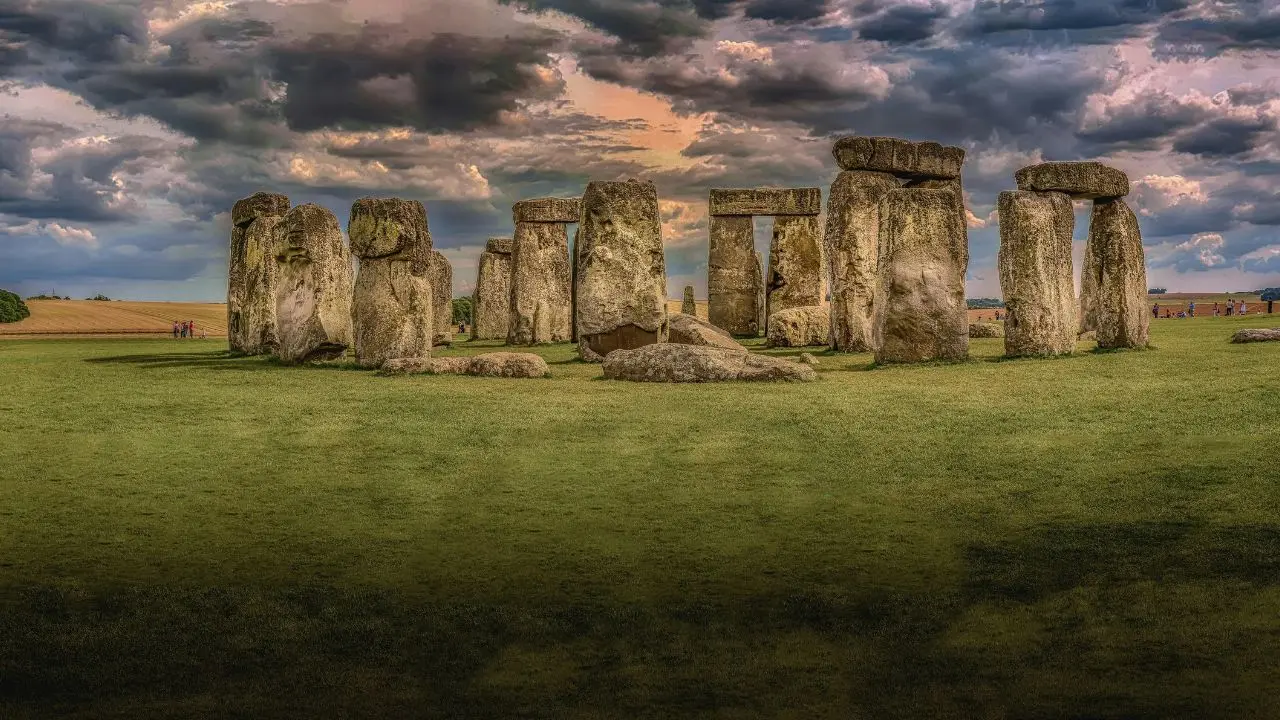
1 / 16
We know how old the Earth is close to 4.54 billion years, but how do you measure the age of a country? Borders and governments change all the time. The concept of modern nation-states with fixed borders and centralised governments is relatively recent. Yet, several regions have retained cultural, political, or societal identities for thousands of years. The idea of “oldest” can depend on criteria like civilisational origins, early governance, or uninterrupted sovereignty. But, here is the list of some of the oldest countries that still exist.
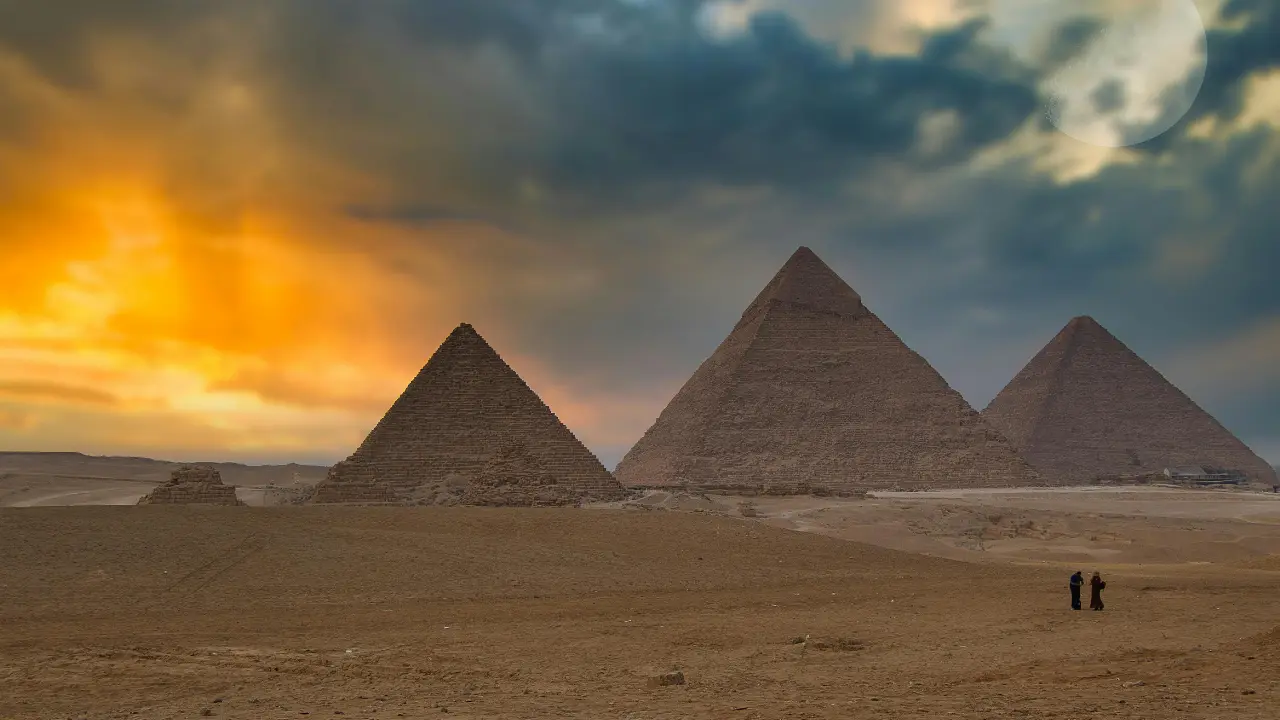
2 / 16
Egypt : Unified around 3100 BCE by King Narmer, the ancient Egypt’s organised statehood is marked by the Old Kingdom and its iconic pyramids. Though later it was ruled by Persians, Greeks, and Arabs, but Egypt’s civilisational continuity remains strong.

3 / 16
Iran: Iran’s roots trace back to the Elamite civilisation around 3200 BCE. It gained prominence through the Achaemenid Empire (550–330 BCE) founded by Cyrus the Great. One of the world’s earliest cities, Susa, and enduring Persian culture define Iran’s historical continuity. The cultural and political identity of Iran has persisted through various dynasties, invasions, and transformations, including its modern establishment as an Islamic Republic in 1979.
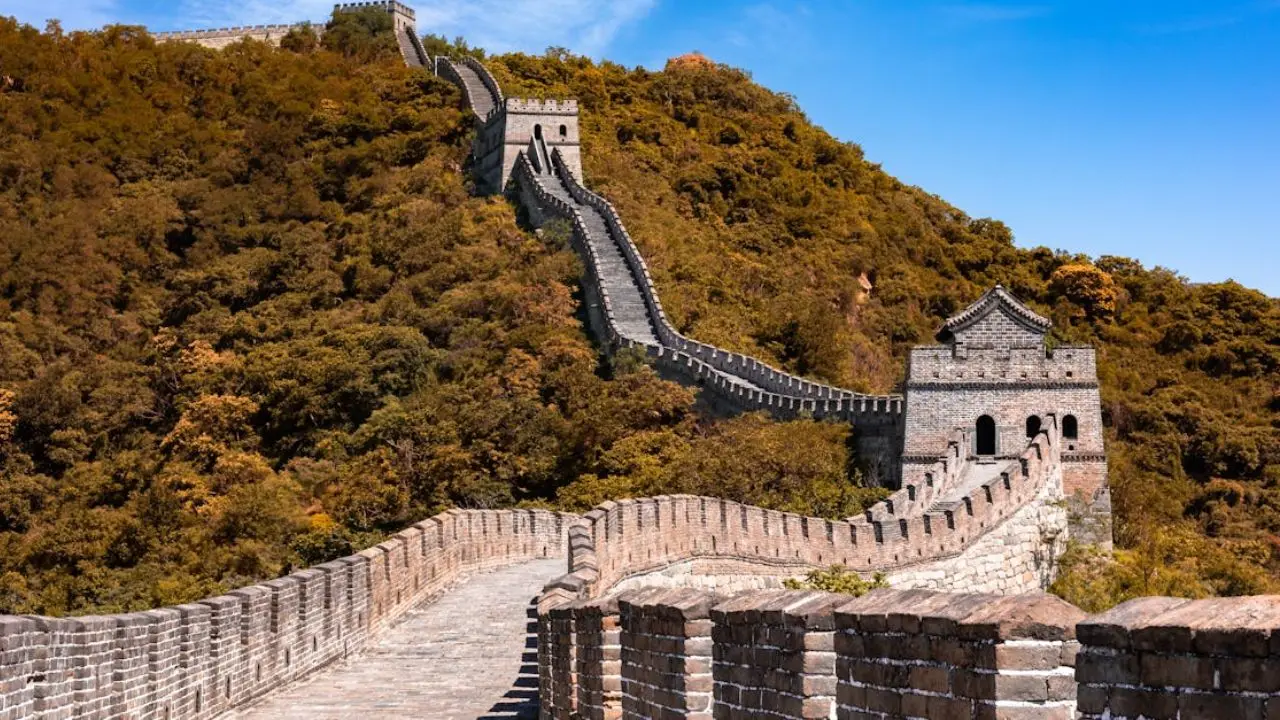
4 / 16
China: While the debated Xia Dynasty is dated to around 2070 BCE, the Shang Dynasty (c. 1600 BCE) is the earliest confirmed Chinese state according to the records. China’s cultural continuity—through its language, philosophy, and its traditions—has persisted despite several dynastic changes and invasions, such as the Mongol conquest in the 13th century.
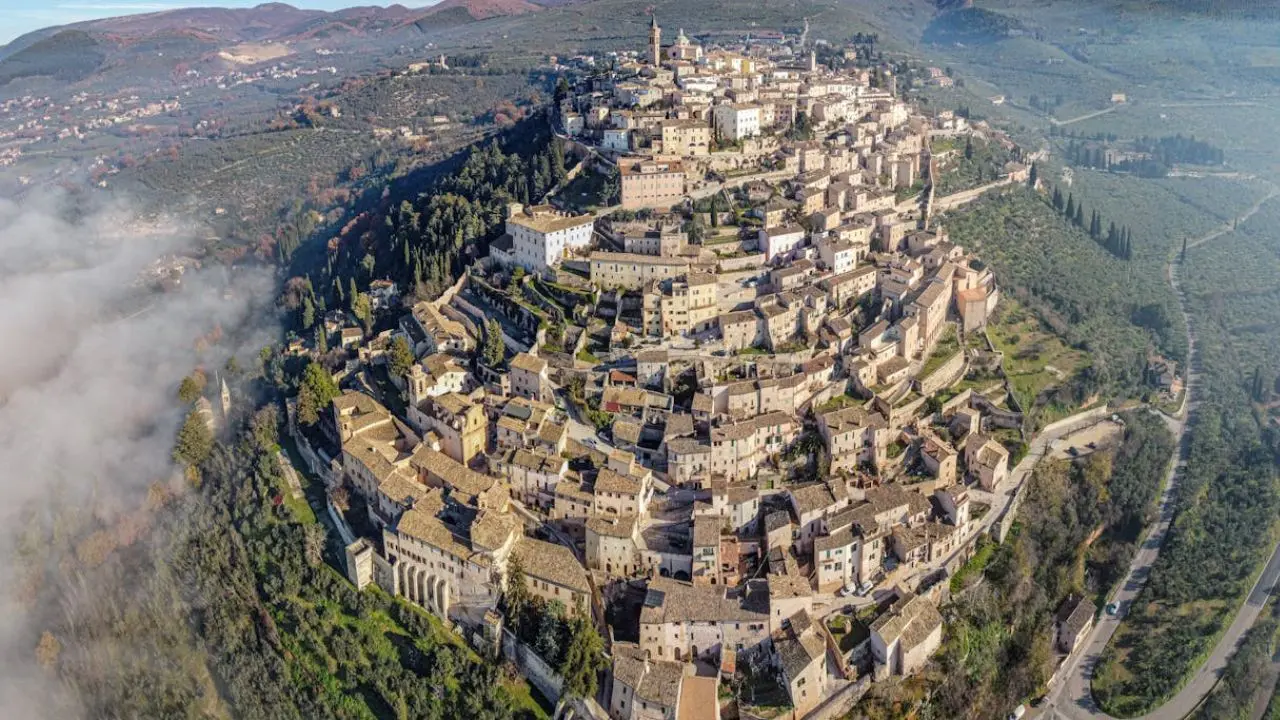
5 / 16
San Marino: Founded by Saint Marinus in 301 CE, San Marino is often cited as the oldest sovereign republic. It has maintained autonomy through diplomacy and isolation. Its constitution, adopted in 1600, is still in use, making it the world’s oldest existing constitutional framework.
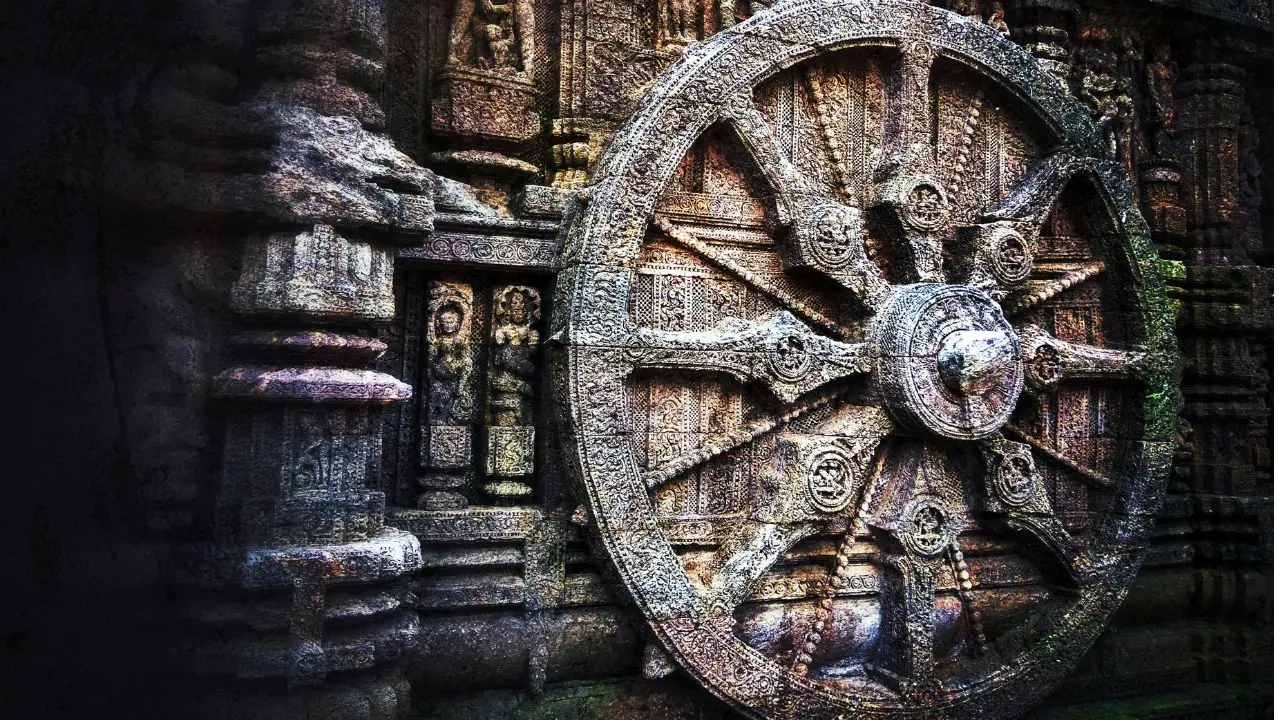
6 / 16
India: The Indus Valley Civilisation (c. 2500 BCE) marks the beginning of urban culture in India. The Vedic period shaped early Hindu traditions. Though modern India emerged in 1947, its civilisational heritage—spanning millennia—continues to influence the present.
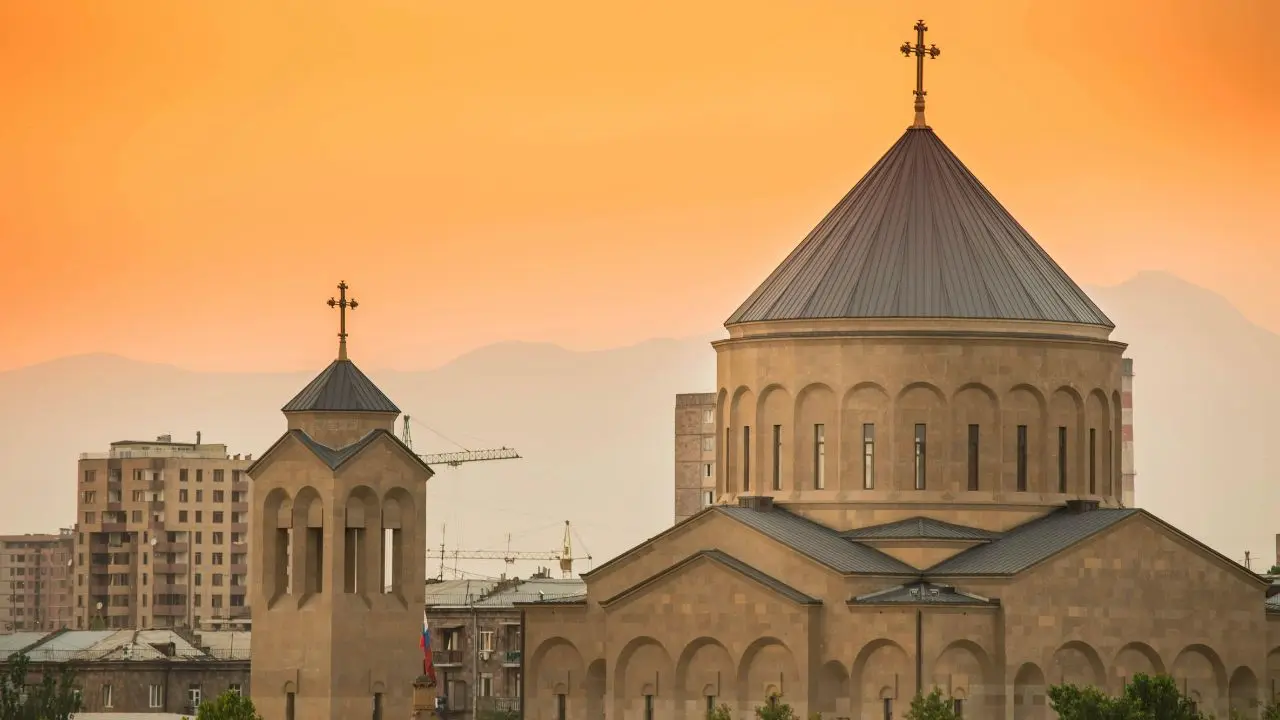
7 / 16
Armenia: Legends date Armenia’s origins to 2492 BCE, but archaeological finds confirm a Bronze Age presence. The Kingdom of Urartu was a key early state. Armenia’s adoption of Christianity in 301 CE reinforced its identity, which survived centuries of occupation until independence in 1991.
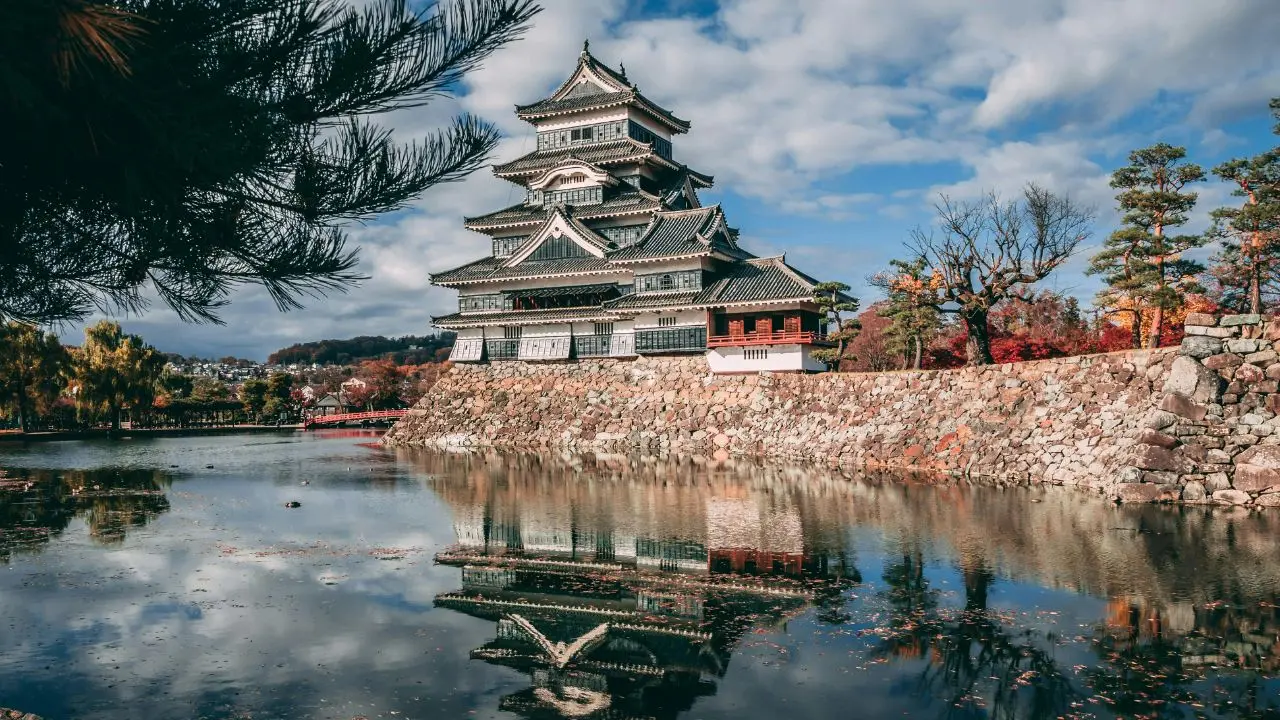
8 / 16
Japan: Japan’s imperial line traditionally begins with Emperor Jimmu in 660 BCE, based on ancient chronicles. While this date lacks archaeological proof, the Kofun period (c. 250 CE) reveals early centralised rule. Japan’s monarchy remains the oldest hereditary institution still in existence.

9 / 16
We know how old the Earth is close to 4.54 billion years, but how do you measure the age of a country? Borders and governments change all the time. The concept of modern nation-states with fixed borders and centralised governments is relatively recent. Yet, several regions have retained cultural, political, or societal identities for thousands of years. The idea of “oldest” can depend on criteria like civilisational origins, early governance, or uninterrupted sovereignty. But, here is the list of some of the oldest countries that still exist.

10 / 16
Egypt : Unified around 3100 BCE by King Narmer, the ancient Egypt’s organised statehood is marked by the Old Kingdom and its iconic pyramids. Though later it was ruled by Persians, Greeks, and Arabs, but Egypt’s civilisational continuity remains strong.

11 / 16
Iran: Iran’s roots trace back to the Elamite civilisation around 3200 BCE. It gained prominence through the Achaemenid Empire (550–330 BCE) founded by Cyrus the Great. One of the world’s earliest cities, Susa, and enduring Persian culture define Iran’s historical continuity. The cultural and political identity of Iran has persisted through various dynasties, invasions, and transformations, including its modern establishment as an Islamic Republic in 1979.

12 / 16
China: While the debated Xia Dynasty is dated to around 2070 BCE, the Shang Dynasty (c. 1600 BCE) is the earliest confirmed Chinese state according to the records. China’s cultural continuity—through its language, philosophy, and its traditions—has persisted despite several dynastic changes and invasions, such as the Mongol conquest in the 13th century.

13 / 16
San Marino: Founded by Saint Marinus in 301 CE, San Marino is often cited as the oldest sovereign republic. It has maintained autonomy through diplomacy and isolation. Its constitution, adopted in 1600, is still in use, making it the world’s oldest existing constitutional framework.

14 / 16
India: The Indus Valley Civilisation (c. 2500 BCE) marks the beginning of urban culture in India. The Vedic period shaped early Hindu traditions. Though modern India emerged in 1947, its civilisational heritage—spanning millennia—continues to influence the present.

15 / 16
Armenia: Legends date Armenia’s origins to 2492 BCE, but archaeological finds confirm a Bronze Age presence. The Kingdom of Urartu was a key early state. Armenia’s adoption of Christianity in 301 CE reinforced its identity, which survived centuries of occupation until independence in 1991.

16 / 16
Japan: Japan’s imperial line traditionally begins with Emperor Jimmu in 660 BCE, based on ancient chronicles. While this date lacks archaeological proof, the Kofun period (c. 250 CE) reveals early centralised rule. Japan’s monarchy remains the oldest hereditary institution still in existence.
)
)
)
)
)